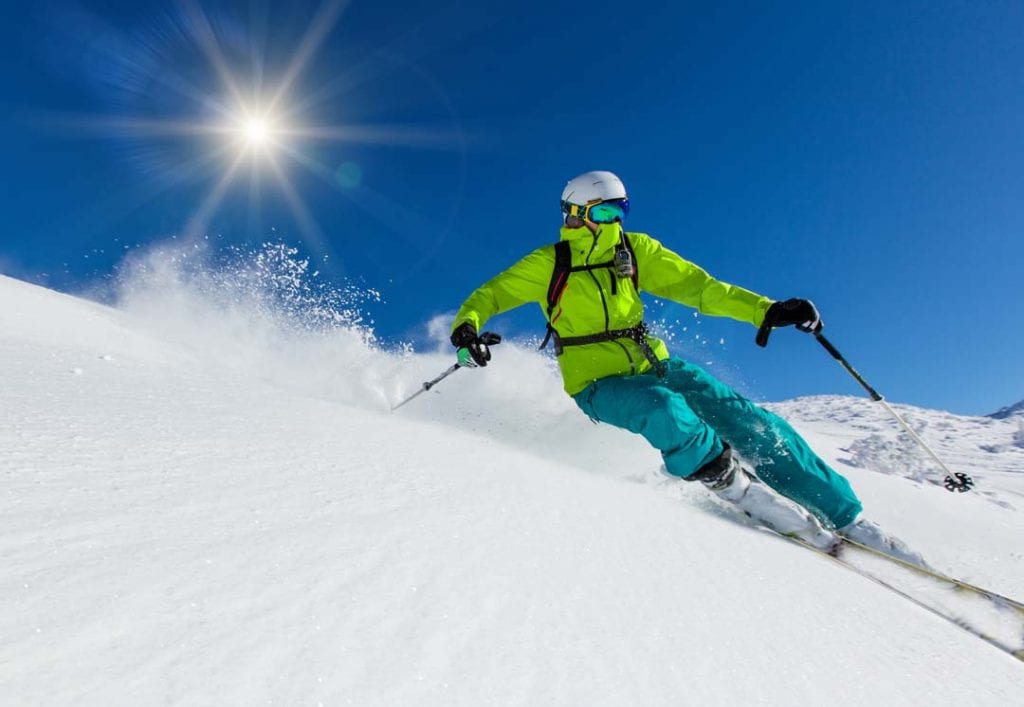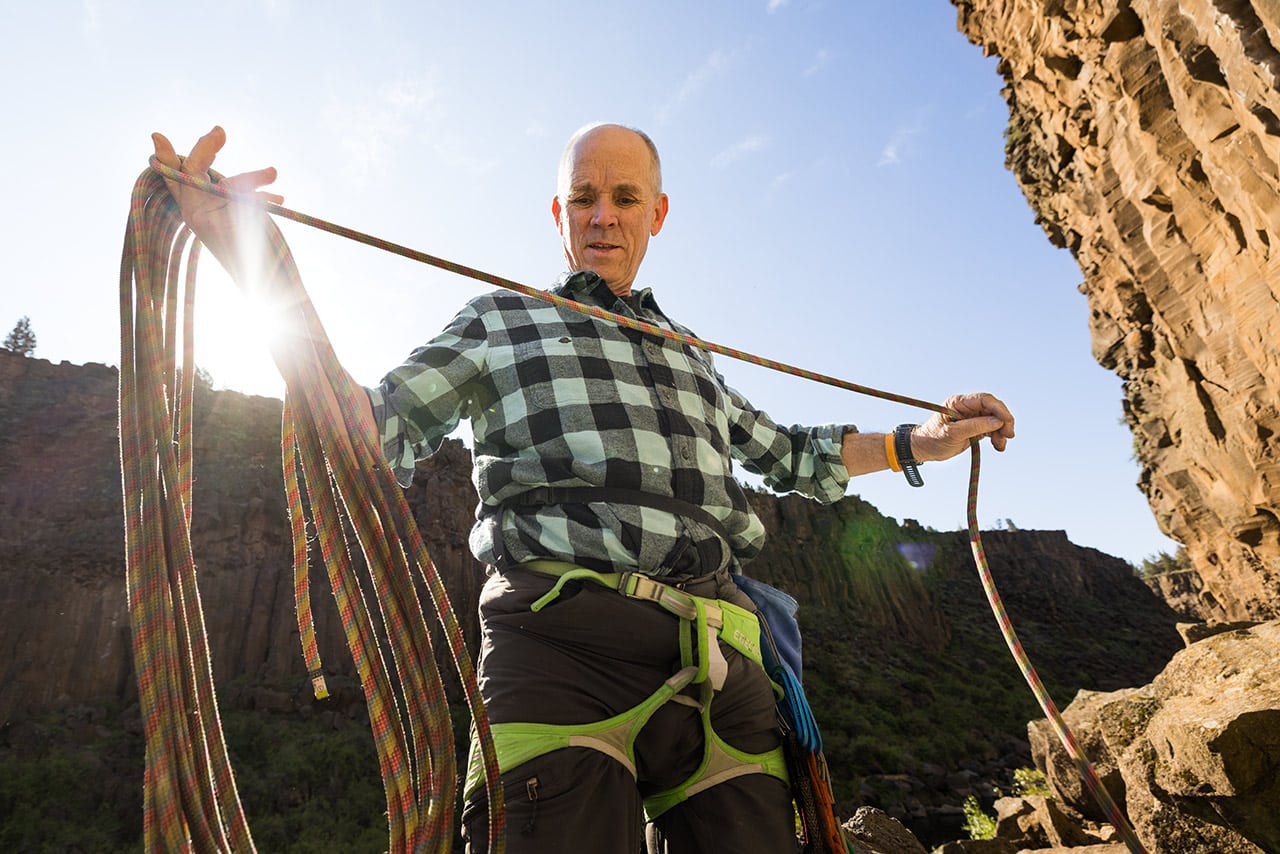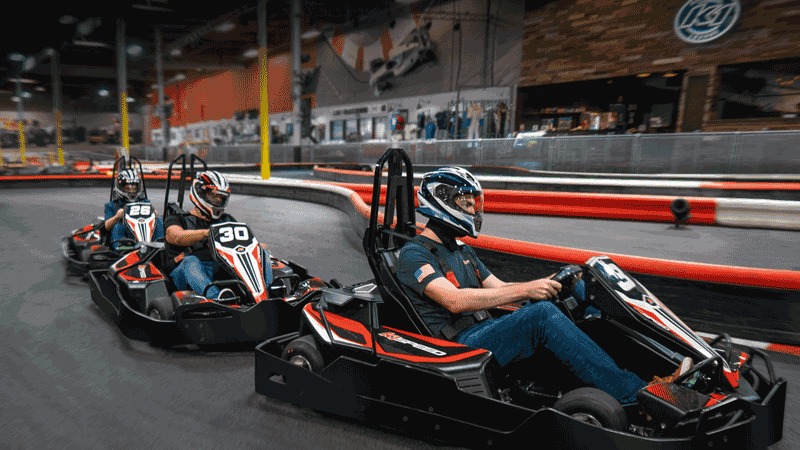While there’s never a good time to suffer a snowsports injury, twisting an ankle, tearing a knee or nursing a sore back can make for a long winter of sitting on the couch watching ski videos instead of living them.

Avoiding ski injuries starts with prevention, and any good program should include elements of sport-specific strength, flexibility and balance, said Ellie Meyrowitz, a physical therapist at Rebound Excellence Project (REP) Biomechanics Lab, a performance center for recreational as well as professional athletes. Rebound, an official physical therapy provider for the U.S. Ski, Snowboarding and Freeskiing teams, treats scores of cross-country and downhill skiers suffering from snowsports-related injuries, many of which are preventable, she said.
Nordic Skiing
Typical Nordic skiing-related injuries are caused by overuse or repetitive movements, the most common of which are knee pain, back pain and shoulder pain. Less common, but not infrequent, are traumatic injuries to ankles, wrists, thumbs and knees, which occur from falls. To avoid this, stay upright. Here’s how.
Build a strong foundation
“You can shoot a cannon off a deck or a canoe,” said Meyrowitz. Be the deck. A strong core sets the foundation for stability throughout your body, and decreases the likelihood of both falls and repetitive use injuries. Simple, dynamic plank exercises are a good place to start.
Get your balance on
Balance on snow is huge in Nordic skiing—not only for preventing injuries, but also in the ever-constant pursuit of being more efficient. Set aside time when you hit the trails to practice skiing without your poles. Once you’ve mastered this drill, advance to gliding on one ski for as long as you can, maintaining a quiet posture. You’ll get an idea of which leg is stronger, after which you can work toward gliding on each leg for the same amount of time, until your right and left leg glide the same distance with equal effort.
Pace yourself
Possibly the hardest advice to follow is the easiest one. Don’t do too much too soon. Try to resist picking up where you left off last spring by following the 10 percent rule, just as you would with running. Give your body time to adjust by increasing your ski volume by no more than 10 percent each week. This simple step will go a long way toward keeping you on snow and out of a PT clinic.
Alpine Riders
As you might expect, alpine injuries are most often the results of a trauma caused by a fall. And ACL (anterior cruciate ligament) tears take the prize for most frequent injury “by leaps and bounds,” said Meyrowitz, followed by MCL (medial collateral ligament) tears. Keep your knees in good shape with these steps.
Mind your equipment
Good working and well-fitted equipment is critical to avoiding knee and leg injuries. Be sure your bindings release properly and that your ski length is appropriate for your height and your skill level. “The shorter the ski, the easier it is to control,” said Meyrowitz. “We have many local ski shops that are all great in helping the local skiers out for this type of prevention.”
Check your ego
Just because your buddy is shredding the black diamond run doesn’t mean you should. Mind your ability and stick with the terrain you’re comfortable with. Meyrowitz notes that aggressive snow plowing—sometimes referred to as pizza pie—is taxing on the MCL. “Keep the season fun and light, and enjoy runs where you are comfortable,” she said. “If you do find yourself in a big pizza pie, make sure each leg has equal balance.”
Bending is winning
When skiing over bumps, jumps and uneven terrain, be sure to absorb these features with a bent, rather than a straight, knee. And, be sure not to stand erect to avoid a fall. The best way to avoid the rigid-knee response is to practice landing safely doing plyometric ski lunge drills. This teaches skiers to load the leg, spring off, and then absorb the force and land safely again.







